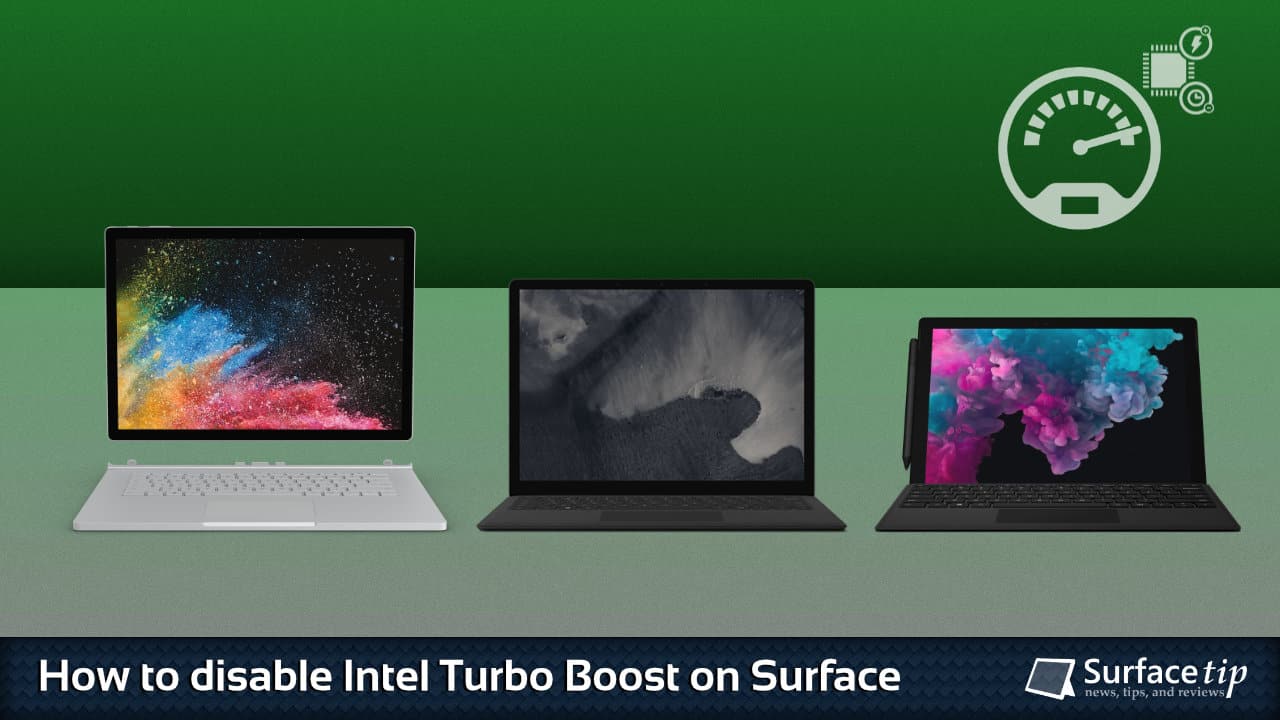

As anything gets old, it becomes less efficient, and the same can be said for your car’s engine.

Low AFRs are commonly caused by faulty injectors, failing fuels systems or a malfunctioning O2 sensor. Not only is a lean air-fuel mixture bad for your engine, it can cause your engine to run less efficiently, increasing lag. If your solenoid is stuck open, your turbo will likely run at a dramatically lower boost level and increase lag. A boost solenoid controls the amount of boost seen by the wastegate, allowing it to open only at the desired pressure. A waste gate that can’t close fully under low boost scenarios will increase turbo lag. The turbo wastegate controls the maximum amount of pressure the turbo creates, diverting excess exhaust gasses from the turbo to stop overboosting.

Boost leaks can easily be created over time between turbo piping connections, as they are under high levels of pressure. A boost leak occurs when charged air from the turbo leaks out instead of entering the engine.

In the exhaust headers) there will be less exhaust gas to spool the engine, leading to increased turbo lag If there is an exhaust leak before the turbo (e.g. This comes down to a number of factors, but common reasons for an increase in turbo lag can be: Car makers have done their best to reduce turbo lag from the factory, however a car’s turbo lag can increase over time. Turbo lag is an inherent failing of the turbocharger design. Ideally, as soon as you press the throttle, the turbo would already be at operating RPM. When you open the throttle (press the accelerator), it takes time for the exhaust gasses to spool the turbo turbines up to the correct operating speed (Usually around 80,000 to 120,000 RPM) and provide the engine with the required boost level for maximum performance. This usually takes about 1 second in newer cars. In short, turbo lag is the delay between pressing the accelerator and feeling the turbo kick in. This cool, pressurized air (known as boost) is then forced into the engine, creating more power. Cold air is denser than hot air, allowing more oxygen by volume, increasing efficiency. This “charged” air is usually sent through a heat exchanger (similar to a radiator) known as an intercooler to cool the air. This turbine is connected on a shaft to another turbine in a separate housing which sucks in and compresses air. To do this, the turbo uses exhaust gasses from the engine to spin a turbine, “spooling” up the turbo. This helps the engine to create more power and improve engine efficiency. What are turbos and how do they work?Ī turbocharger (affectionately known as a turbo) is used to force extra air into an engine.
WHAT IS TURBO BOOST HOW TO
Read on to find out what turbo lag is and how to fix it. While most new car manufacturers have developed systems to negate the dreaded turbo lag (such as twin turbo systems and anti-lag), it still exists. We are starting to see turbos in just about every type of car and every engine configuration available. In the never-ending quest for higher efficiency and smaller engines, in recent years the turbocharger has become a popular choice for car manufacturers.


 0 kommentar(er)
0 kommentar(er)
